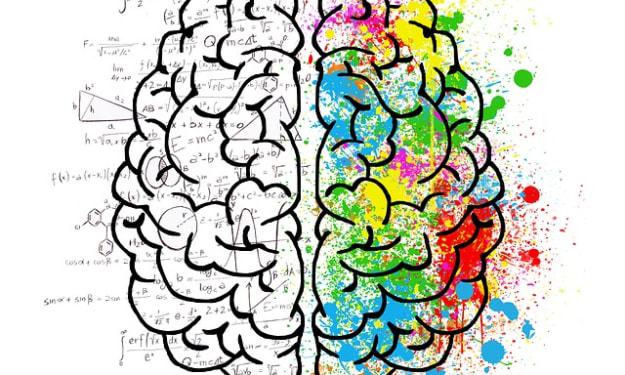
Teaching the Microscope- Lesson for Seventh Grade Life Science
Examining the Microscope
Behavioral objective- The students will memorize the various parts of the microscope to begin learning the subject of biology and understanding life from the smallest to the largest entity.
Cognitive domain- The student will learn to operate the microscope learning how all the parts work together, as well as learning to make various kinds of slides- mounts, smears, permanent slides.
Affective domain- The student will begin to see how the microscope will fit into the world and the study of biology and other subjects.
Psychomotor domain- The student will show how to use the microscope and make the various kinds of slides for the microscope.
(If this was a lesson at the beginning of the school year the teacher may want to teach this lesson before or along with Chapter one.)
(Teacher will make a handout of a picture of the microscope and have the students fill in the blanks and then tell them to study for a quiz.)
Examining the Microscope
What is the microscope? A rugged instrument that is an optical instrument that must be understood how to use and care for it for it is also a very sensitive instrument and expensive.
The parts of the microscope
The microscope is mounted on a 'weighted base' that gives it stability. There is an upper and a lower part that is attached to the base. The upper part can be tilted and some users prefer to do this for more comfort in viewing slides. The 'eyepiece' is the part to look through at the slides that are being observed and usually wet-mount specimens (do not tilt the microscope for wet-mounts).
(The teacher should demonstrate how to carry the microscope. They should mention that this instrument should be kept covered to keep dust from getting on the optical system. Carry the microscope upright with one hand grasping the arm and the other under the base. Then the teacher can have the students demonstrate this as well positioning their hands on the arm and base of a microscope.)
More parts to the Microscope
The 'ocular lens system'- or the eyepiece which is several lenses that are mounted in a 'tube' that could be removed if given permission by the teacher. This leads to another part called the 'objective lens system' that allows for low and high power and some microscopes even have a third for very high power. The magnification of the microscope is the result of using the magnification powers of the eyepiece and the in the objective and in use 10x magnifies 10 times 5x or 7.5 magnifies.
The 'nosepiece' with a slight pressure by your fingers at the side of the base of one of the objectives will cause it to turn/revolve for this is the way the objectives of the microscope are changed from low to high power. There will be a slight click for the proper position for viewing and additional pressure to move nosepiece further. (Teacher should always remember to tell students to be very careful for these microscopes are very expensive.)
There are two 'adjustments- coarse and fine' and these are for focusing the microscope. This is particularly important that you follow instructions for if you lower them to low you can break the objective lens and destroy the specimen. The specimen should be placed on the microscope (your own or a prepared one).
The slide is placed on the 'stage' and held in place by flexible 'clips' on the stage with the specimen centered on the stage above the hole. The 'mirror' is used to reflect light through the hole on the stage and into the barrel of the microscope. One side of the mirror maybe a 'plane surfaced' mirror and the other side maybe 'concave' that reflects more light into the microscope than on the plane mirror. Too much light is as bad as too little light in viewing specimens.
The 'diaphragm' controls the amount of light that goes through the stage and into the objective lens. Turning it one way opens the diaphragm's 'iris' and admits more light and the other way cuts down the amount of light admitted. This is the end of the learning the parts of the microscope. (The teacher could tell the class to study the handout that they labeled with the parts for there will be a quiz.)
To be continued with 'Using the Microscope
(I hope you heart this article and if you care to please send a tip if you find it useful in some way. Thank you for reading and I appreciate whatever you are willing to give.)
About the Creator
Mark Graham
I am a person who really likes to read and write and to share what I learned with all my education. My page will mainly be book reviews and critiques of old and new books that I have read and will read. There will also be other bits, too.






Comments
There are no comments for this story
Be the first to respond and start the conversation.